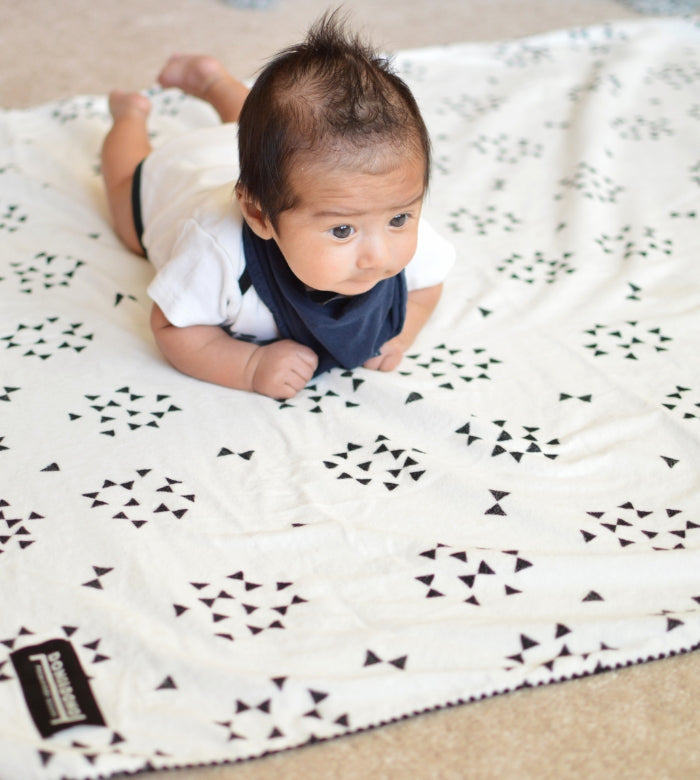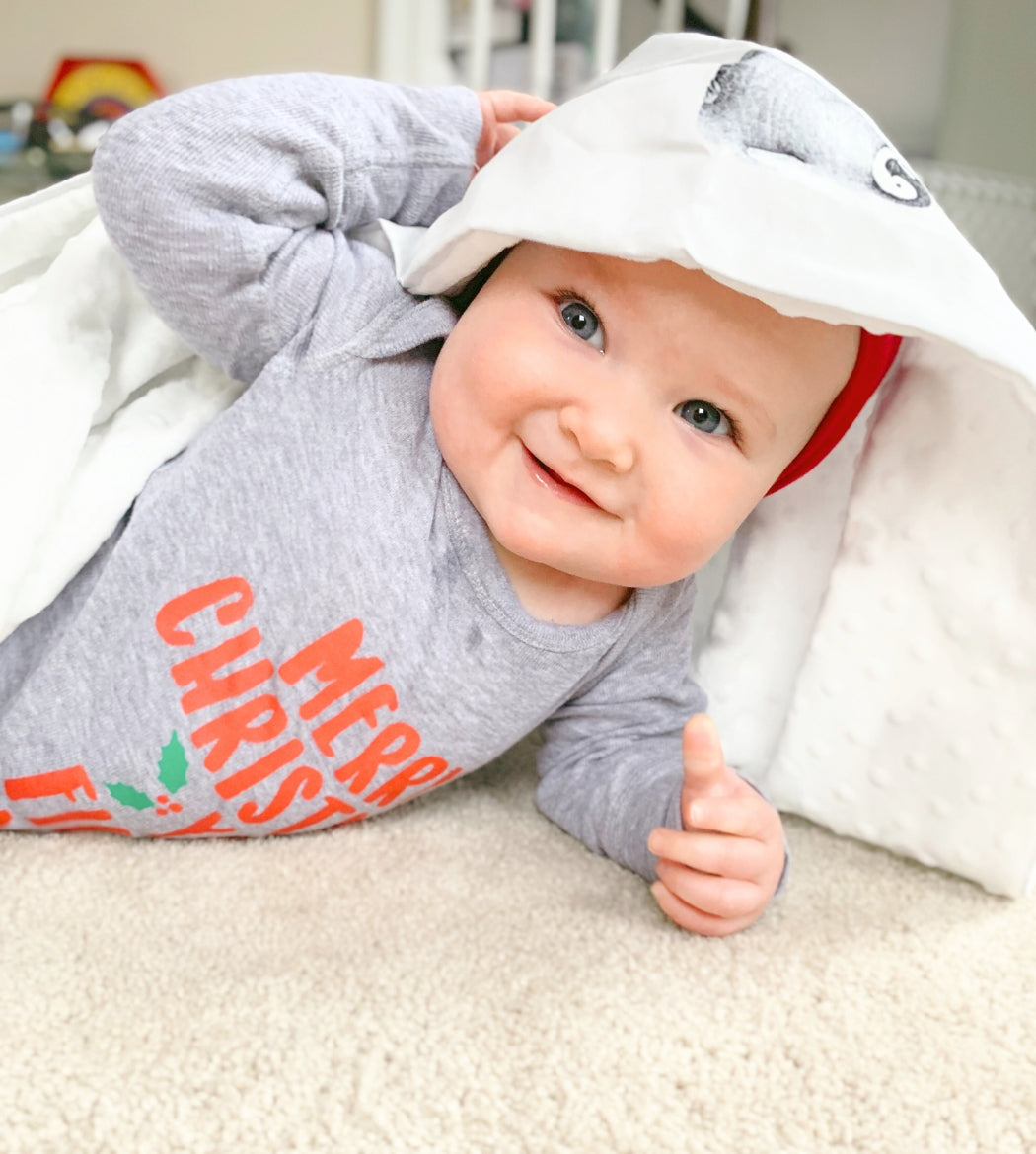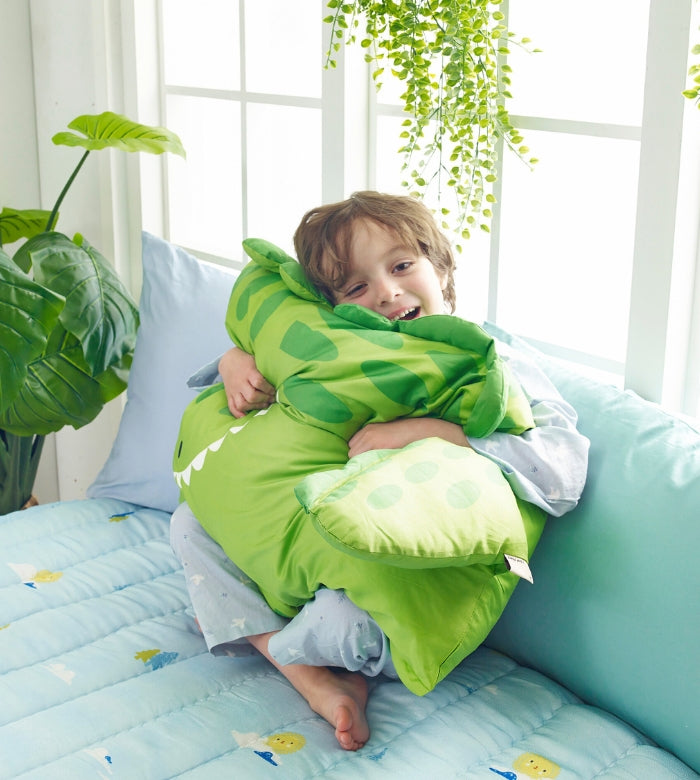How To Relieve Toddler Teething Pain
 When you think of teething, you may picture a fussy baby. However, teething happens well into toddlerhood, and just when you think you’re done dealing with the teething stage, those two-year molars come roaring in. Dealing with a teething toddler is much different than dealing with a teething baby, as you will quickly discover. Keep reading to learn more about how to relieve toddler teething pain, tips to help you through the molar stages, and the teethers you need to help your little one through it all.
When you think of teething, you may picture a fussy baby. However, teething happens well into toddlerhood, and just when you think you’re done dealing with the teething stage, those two-year molars come roaring in. Dealing with a teething toddler is much different than dealing with a teething baby, as you will quickly discover. Keep reading to learn more about how to relieve toddler teething pain, tips to help you through the molar stages, and the teethers you need to help your little one through it all.
Teething Happens Well Into Toddlerhood
Teething is usually over once your toddler hits three years old. During year two, your little one is going to start getting their two-year molars. These molars are the second set that comes behind the ones they got around the time they turned one. This means that many toddlers can go up to a year without any teething before it hits like a familiar freight train again!
Two-year molars are the largest, which can make them cause a little more discomfort. Now that your toddler is more vocal, emotional, and sure of what they want, they will be even more expressive during this stage than all the other teething they’ve done before.

Some symptoms you may find when your little one’s two-year molars are coming in include:
- Your toddler is playing with their ears a lot
- More tantrums or fussiness
- Sudden difficulty sleeping
- Difficulty eating
- Red, inflamed gums
- Your toddler is letting you know their mouth/face/ears hurt
The final two stages of teething happen during toddlerhood. These stages include:
- Stage 4: (16-22 months) During this stage, the canine teeth (between the top and bottom molars and incisors) will surface.
- Stage 5: (25-33 months) For some children, this is the most painful stage of teething. During this time, the large molars emerge. These are the biggest teeth.

Parents assume that teething causes diarrhea and fever, but research has shown this to be untrue. Teething does produce signs and symptoms in the gums and mouth but does not generate constitutional or other extended bodily symptoms. If your baby is experiencing any of this, talk to their doctor. (source: Kids dental online )
Helping Your Toddler Teethe
Dealing with a teething toddler is much different than dealing with a teething baby. Emotions are high, and it can be difficult for your toddler to understand what is happening. Luckily, there are many ways you can help your toddler teethe and get through this stage. And the good news is, you can use even more helpful tricks than when they were babies!
The Freezer Is Your BFF
During the two-year molar phase, the freezer is going to become your best friend. Teething those molars can take weeks sometimes, which means your little one is going to need a lot of relief.
Some fun freezer ideas include:
- Freezing a banana, or other fruit, for an easy and delicious snack that doubles as a pain reliever
- Making some delicious popsicles for your toddler
- Puree fruits and veggies, then store them in the freezer
- Make smoothies and serve with a soft, silicone straw for your toddler to enjoy
- Freezing cloth, small blankets, teethers, and other silicone toys to use during tough moments
Pain Relief Medication
Now that your toddler is old enough to take medication for pain relief, it may help during those long nights to give some to your toddler so that they (and you!) can get a good night’s sleep.
As you know, lack of sleep can cause your toddler to become even more fussy than they are during this difficult stage. Pain relief medication will help with the inflammation and pain so that they can catch those Zzz’s and get better soon.
Bring Out The Teethers
Innobaby’s oral development teethers aren’t just great for teething pain; they’re considered “training teethers,” which means they’re great for a bunch of different reasons:
- They stimulate the muscles of the lips, tongue, and cheeks to improve oral motor skills
- Aid in nursing, eating solid foods, drinking from cups, and speech development
- The light and easy-to-grip handle also improves hand-eye coordination
- Giving two to your baby or toddler will allow for bilateral movement and stimulation of both sides of the brain
Innobaby holds its teethers to the very highest standards. We conform to Toy Safety Standard ASTM F963 and EN71 and use the highest quality TPE available. Innobaby wants the best for your baby, just like you! Other teethers may be too small or break apart easily—especially with those strong toddler jaws!—but you can trust ours!
For more teething tips, parenting hacks, and high-quality products for the whole family, head over to Innobaby.com!






